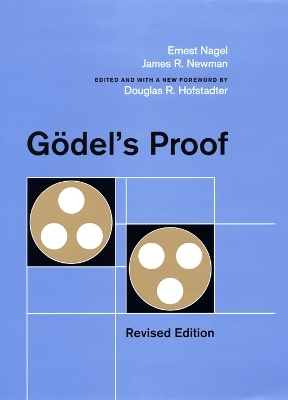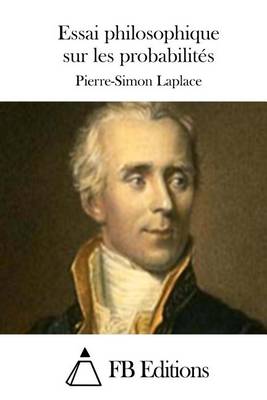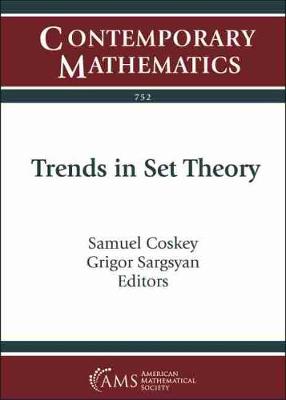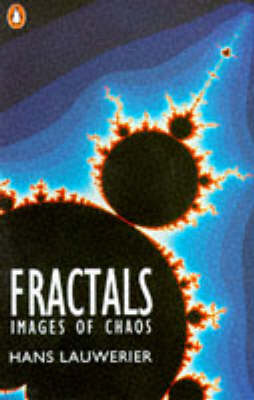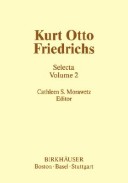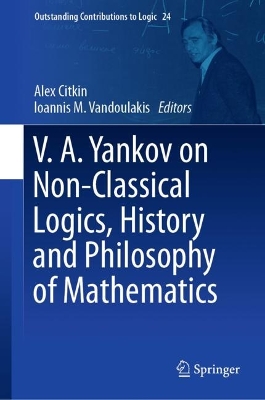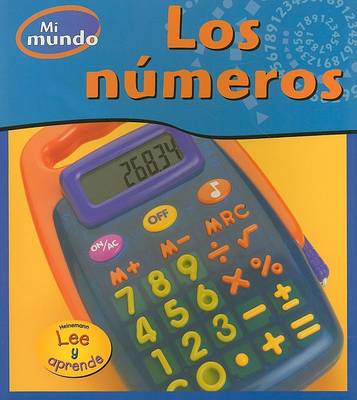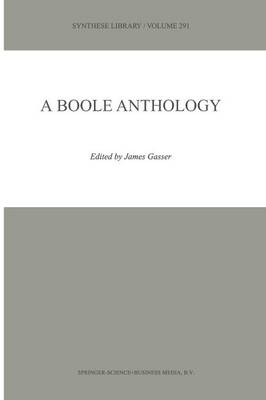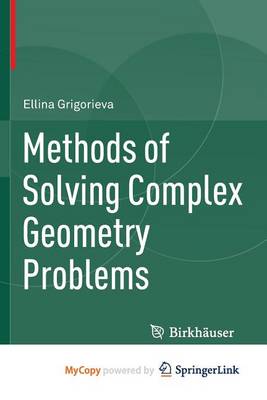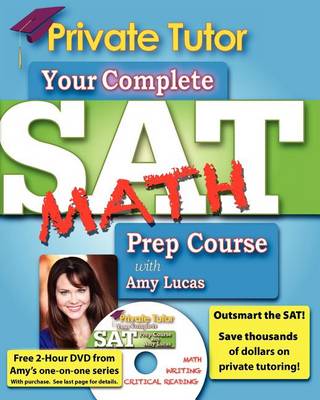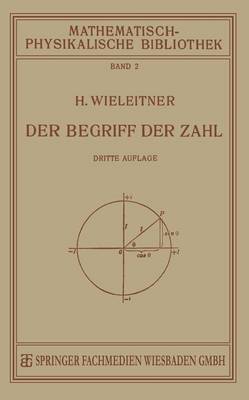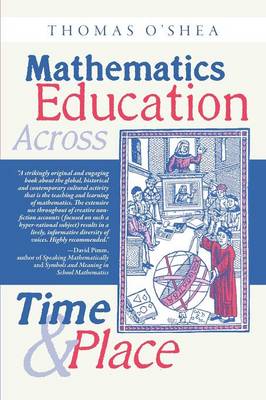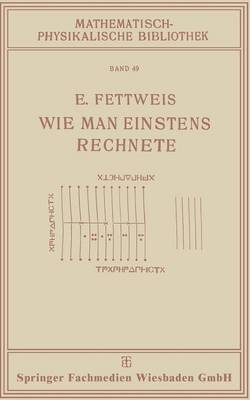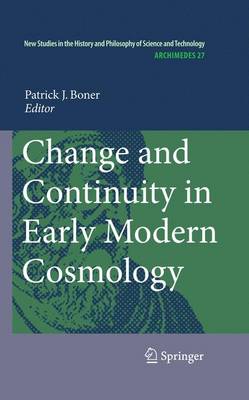An accessible explanation of Kurt Goedel's groundbreaking work in mathematical logic In 1931 Kurt Goedel published his fundamental paper, "On Formally Undecidable Propositions of Principia Mathematica and Related Systems." This revolutionary paper challenged certain basic assumptions underlying much research in mathematics and logic. Goedel received public recognition of his work in 1951 when he was awarded the first Albert Einstein Award for achievement in the natural sciences-perhaps the highe...
Essai philosophique sur les probabilites (Cambridge Library Collection - Mathematics)
by Pierre Simon Laplace
The work of the Marquis de Laplace (1749-1827) was enormously influential in the development of mathematical physics, astronomy and statistics. Educated in Normandy, he moved to Paris on obtaining a letter of introduction to d'Alembert, who acted as his mentor while he undertook teaching and independent research in probability, statistics and astronomy. Laplace survived the turmoil of the French Revolution, the rise of Napoleon and the restoration of the Bourbons by a series of manoeuvres which...
Trends in Set Theory (Contemporary Mathematics)
This volume contains the proceedings of Simon Fest, held in honor of Simon Thomas's 60th birthday, from September 15-17, 2017, at Rutgers University, Piscataway, New Jersey. The topics covered showcase recent advances from a variety of main areas of set theory, including descriptive set theory, forcing, and inner model theory, in addition to several applications of set theory, including ergodic theory, combinatorics, and model theory.
Fractals (Penguin Press Science S.) (Princeton Science Library)
by Hans Lauwerier
Fractals are shapes in which an identical motif repeats itself on an ever diminishing scale. A coastline, for instance, is a fractal, with each bay or headland having its own smaller bays and headlands--as is a tree with a trunk that separates into two smaller side branches, which in their turn separate into side branches that are smaller still. No longer mathematical curiosities, fractals are now a vital subject of mathematical study, practical application, and popular interest. For readers int...
History of Number (History of Mathematics Education)
by Kay Owens, Glen Lean, Patricia Paraide, and Charly Muke
This unique volume presents an ecocultural and embodied perspective on understanding numbers and their history in indigenous communities. The book focuses on research carried out in Papua New Guinea and Oceania, and will help educators understand humanity's use of numbers, and their development and change. The authors focus on indigenous mathematics education in the early years and shine light on the unique processes and number systems of non-European styled cultural classrooms. This new perspe...
This book is dedicated to V.A. Yankov’s seminal contributions to the theory of propositional logics. His papers, published in the 1960s, are highly cited even today. The Yankov characteristic formulas have become a very useful tool in propositional, modal and algebraic logic. The papers contributed to this book provide the new results on different generalizations and applications of characteristic formulas in propositional, modal and algebraic logics. In particular, an exposition of Yankov’s...
How can we invent new certain knowledge in a methodical manner? This question stands at the heart of Salomon Maimon's theory of invention. Chikurel argues that Maimon's contribution to the ars inveniendi tradition lies in the methods of invention which he prescribes for mathematics. Influenced by Proclus' commentary on Elements, these methods are applied on examples taken from Euclid's Elements and Data. Centering around methodical invention and scientific genius, Maimon's philosophy is unique i...
A Boole Anthology (Synthese Library, #291)
Modern mathematical logic would not exist without the analytical tools first developed by George Boole in The Mathematical Analysis of Logic and The Laws of Thought. The influence of the Boolean school on the development of logic, always recognised but long underestimated, has recently become a major research topic. This collection is the first anthology of works on Boole. It contains two works published in 1865, the year of Boole's death, but never reprinted, as well as several classic s...
This book is a unique collection of challenging geometry problems and detailed solutions that will build students' confidence in mathematics. By proposing several methods to approach each problem and emphasizing geometry's connections with different fields of mathematics, Methods of Solving Complex Geometry Problems serves as a bridge to more advanced problem solving. Written by an accomplished female mathematician who struggled with geometry as a child, it does not intimidate, but instead fost...
Private Tutor - Math Book - Complete SAT Prep Course
by Amy Lucas
Der Begriff Der Zahl in Seiner Logischen Und Historischen Entwicklung (Mathematisch-Physikalische Bibliothek)
by H Wieleitner
Unraveling all the mysteries of the khipu--the knotted string device used by the Inka to record both statistical data and narrative accounts of myths, histories, and genealogies--will require an understanding of how number values and relations may have been used to encode information on social, familial, and political relationships and structures. This is the problem Gary Urton tackles in his pathfinding study of the origin, meaning, and significance of numbers and the philosophical principles u...
Wie Man Einstens Rechnete (Mathematisch-Physikalische Bibliothek)
by Ewald Fettweis
Viewed as a flashpoint of the Scientific Revolution, early modern astronomy witnessed a virtual explosion of ideas about the nature and structure of the world. This study explores these theories in a variety of intellectual settings, challenging our view of modern science as a straightforward successor to Aristotelian natural philosophy. It shows how astronomers dealt with celestial novelties by deploying old ideas in new ways and identifying more subtle notions of cosmic rationality. Beginning...
On Aesthetics in Science (Design Science Collection)
There have been, in recent years, exhibitions that juxtapose abstract paintings with photographs taken through the electron microscope, and contemporary sculpture with molecular models, in order to demonstrate the closeness of modern art and the products of modern science (or the effect of nature seeming to imitate art). And parallels between Cubism and relativity, or between action painting and the indeterminate character of quantum phenomena, have been put forward as evidence of a twentieth ce...
